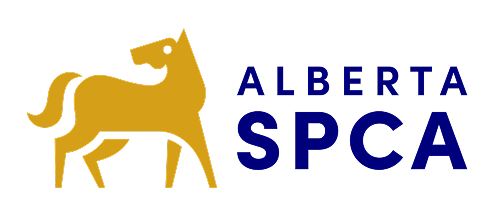Dissection
For centuries, animals have been used as models to teach about the human body. While technology has advanced to provide alternatives to this practice, animal dissections remain a common teaching tool in science classrooms across the province.
Before considering the introductions of animal dissections in your classroom, Alberta teachers are encouraged to consider the ethical, educational, and emotional implications of this practice.
Respecting Student Choice
Teachers should be mindful that not all students may be comfortable with animal dissection.
Students may object for moral, ethical, or religious reasons, or simply due to personal discomfort. While some students may be comfortable voicing their concerns, research shows that the number of students who wish to object to dissections is likely under-estimated. Providing alternatives respects diverse perspectives and promotes a more inclusive classroom.
For example, student choice policies are already in place in some Canadian school districts:
- Burnaby School District allows students to use alternative methods to meet curricular outcomes.
- Windsor-Essex Catholic School District in Ontario is phasing out animal dissection entirely in favour of virtual technology as a “more ethical, humane and engaging way to teach students science.”
Animal Welfare Considerations
While dissection itself is not inherently inhumane, there are valid animal welfare implications:
- How the animals used in dissection are treated at various stages (i.e. procurement, handling, transport, and euthanasia).
- Impacts on the population levels of these animals in the wild (ex. Frogs).
- The potential for unnecessary harm, especially when effective alternatives are now available that provide the same (if not better) learning outcomes.


Animal Ethics & Societal Trends
The use of dissection alternatives, such as computer software and physical models, is on the rise. In fact, all post-secondary institutions in Canada follow the 3Rs tenant when using animals in research, teaching or testing:
- Reduce the number of animals used
- Replace animals with scientifically valid alternatives whenever possible
- Refine methods to minimize stress, pain or harm.
The 3Rs tenant requires scientists and academics to explore alternatives to reduce the number of animals used.
For example, the University of Calgary Faculty of Veterinary Medicine (UCVM) is known around the world for their use of models to help veterinary students learn how to practice medicine on a variety of animal species. Read about resin models and horse simulators used to teach vet students in Calgary.
For more information on technological advances, have a look at the TED talk on a virtual dissection table and this BBC article that highlights an app that helps prepare surgeons and medical staff.
Consider an Opt-in Policy
Schools and teachers may want to implement an opt-in dissection policy which can help address human and animal ethical concerns, as well as social trends.

